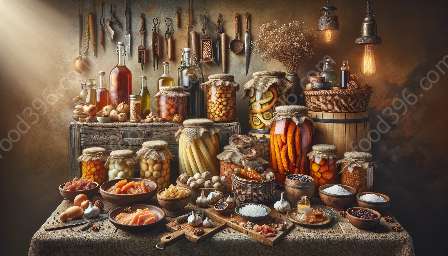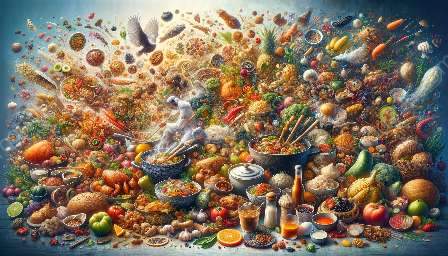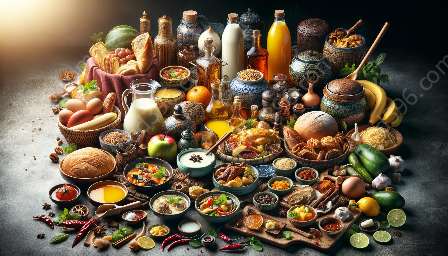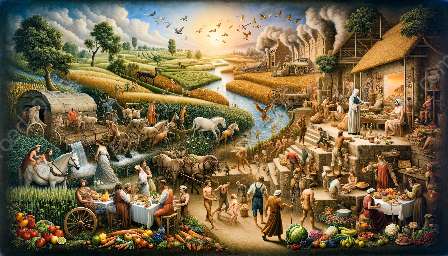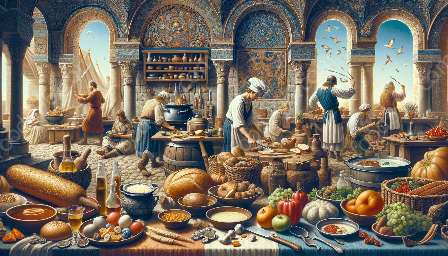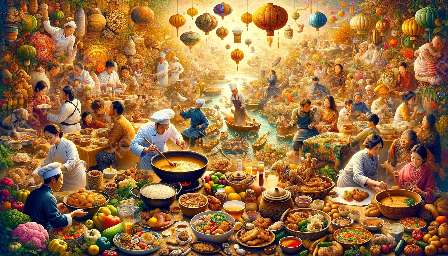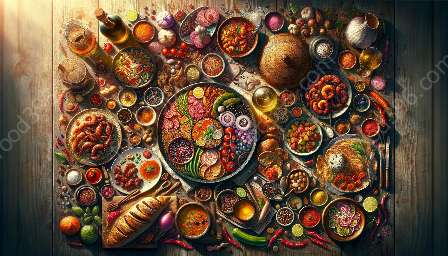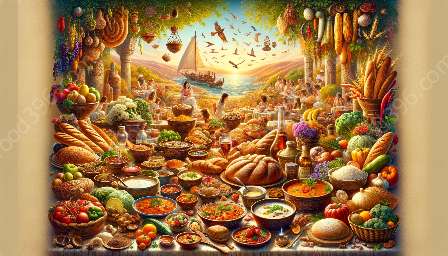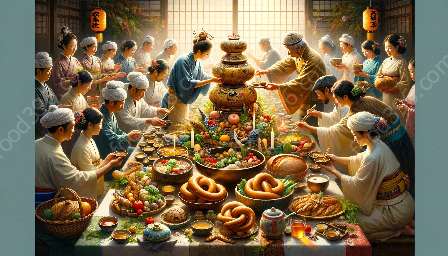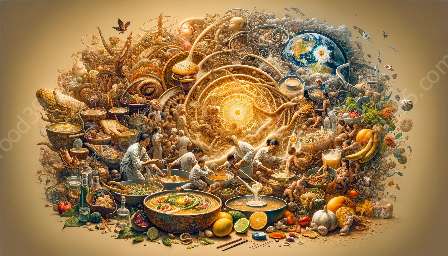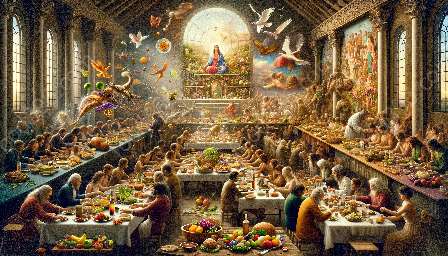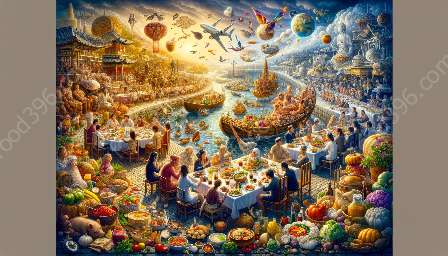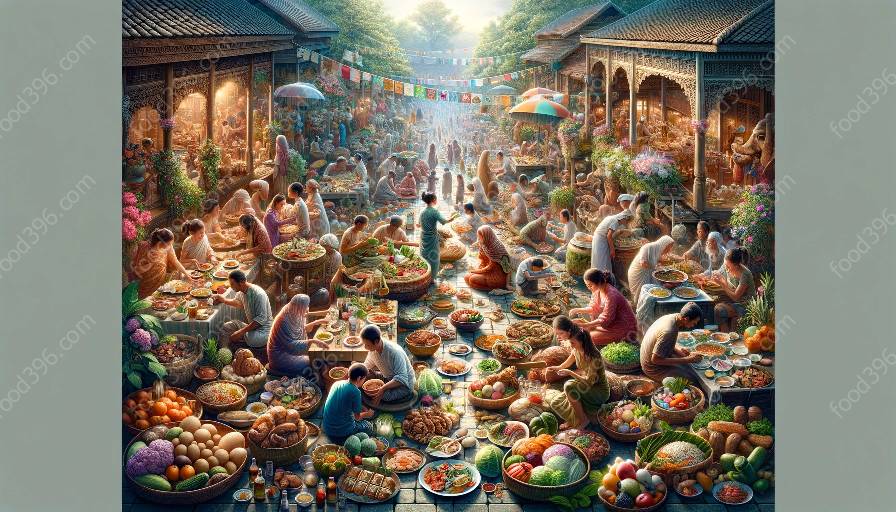Food is more than just sustenance; it is a powerful expression of cultural identity, traditions, and history. The way a society grows, prepares, and consumes food reflects its values, climate, and history. In this article, we will delve into the significance of food as a cultural expression, exploring its impact on food culture and history, and how it shapes the way we experience food and drink.
Food Culture and History
Food culture and history are intertwined with the social, economic, and political aspects of a society. Each cuisine reflects a unique blend of historical influences, such as trade, conquest, and migration, shaping the flavors, ingredients, and cooking methods of a region.
For example, the staple ingredients in Italian cuisine, such as pasta, tomatoes, and olive oil, are a result of the historical influences from the Mediterranean region. The spice trade routes shaped the flavors of Indian cuisine, while the colonization of Latin America introduced new ingredients to Mexican and Peruvian cuisines.
Food not only reflects historical events but also serves as a repository of cultural memories and traditions. Festive dishes, family recipes, and communal dining practices are passed down from generation to generation, preserving the essence of a culture's identity through food.
Food as a Cultural Expression
Food is deeply rooted in cultural expression, shaping the way we live, celebrate, and communicate. The way food is prepared and presented, the ingredients chosen, and the rituals associated with eating all convey a sense of identity and belonging.
Many cultures use food as a means of expressing hospitality and warmth. The act of sharing a meal is often a symbol of unity and connection, bringing people together to celebrate and bond over shared traditions and values.
In addition, food plays a pivotal role in religious and ceremonial practices, symbolizing spiritual beliefs and traditions. Whether it's the symbolism of bread and wine in Christian rituals or the significance of specific foods during cultural celebrations, food serves as a tangible expression of faith and heritage.
Food & Drink
The consumption of food and drink is a central component of social interaction and cultural expression. The way people dine, the etiquette of eating, and the significance of certain dishes all contribute to the cultural tapestry of a society.
Beverages, such as wine, tea, or coffee, hold a special place in cultural expression, often reflecting the geography, climate, and customs of a region. The art of tea ceremonies in Japan, the vineyard traditions in France, and the coffee rituals in Ethiopia all exemplify the cultural significance of beverages.
Furthermore, the emergence of food and drink as cultural commodities has led to global influences and culinary cross-pollination. The fusion of flavors, the rise of fusion cuisine, and the popularity of international food festivals all signify the dynamic nature of food and drink as agents of cultural exchange.
Conclusion
Food as a cultural expression encompasses the essence of a society, reflecting its history, values, and sense of identity. Through the lens of food culture and history, we can appreciate how different cuisines bear the imprints of their cultural origins and influence our understanding of food and drink.
Ultimately, understanding food as a cultural expression enriches our culinary experiences, allowing us to appreciate the diversity and significance of food traditions around the world.



